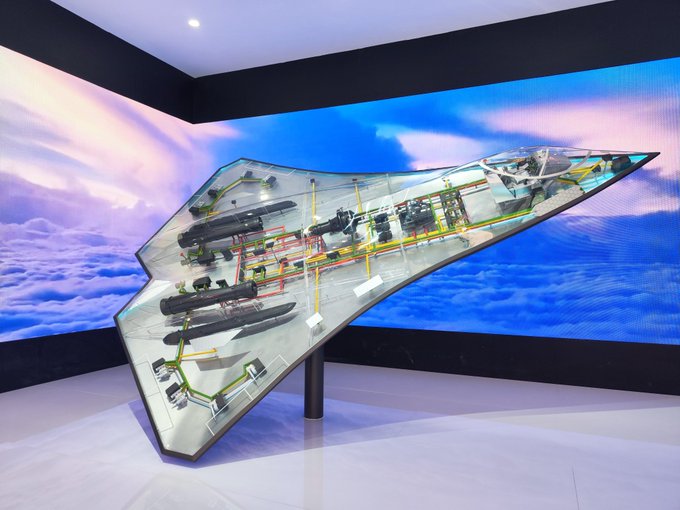The US Air Force (USAF) has decided to continue funding Anduril and General Atomics for detailed design, manufacturing, and testing of near-prototype platforms under the Collaborative Combat Aircraft (CCA) program. This marks a significant step towards enhancing the Air Force's next-generation air dominance capabilities. The CCA program is a critical part of the USAF’s Next Generation Air Dominance (NGAD) Family of Systems, which aims to maintain air superiority with a mix of manned and unmanned systems, reducing human risk, lowering costs, and increasing efficiency.
CCA is a US program for unmanned combat air vehicles (UCAVs) designed to work in tandem with next-generation manned aircraft, such as sixth-generation fighters and bombers like the Northrop Grumman B-21 Raider. Unlike traditional UCAVs, CCAs incorporate artificial intelligence (AI) to enhance their battlefield survivability, offering a more affordable alternative to manned aircraft with similar capabilities.
From 2023 to 2028, the USAF plans to invest over $6 billion in CCA programs. Success in this initiative could reduce the need for additional manned squadrons, balancing affordability with capability. CCAs will elevate human pilots to mission commanders, with AI handling tactical control of cost-effective robotic craft. These multi-role aircraft can be modular, performing various tasks such as sensors, shooters, and weapons carriers, and potentially acting as decoys or aerial refuelers.
The CCA program will integrate AI and autonomy to complete missions without constant human intervention, enhancing situational awareness, lethality, and survivability in contested environments. DARPA’s Longshot UAV, which extends mission range and reduces risks to manned aircraft, is an example of such technology.
Two years ago, the USAF announced its intent and broad requirements for the desired CCA. As part of the 2024 budget, contracts have been awarded to Anduril and General Atomics, with nearly twenty other companies remaining as potential industry partners. The program aims to make production decisions by 2026 and operationalize the systems by 2030, including international partnerships to achieve economies of scale and interoperability with NATO and other allies.
Initial production contracts could include at least 1,000 CCAs, potentially pairing two CCAs with each of the 200 NGAD platforms and the 300 F-35s. The CCAs will enhance the USAF’s capability to counter growing aerial threats, particularly from China, by performing complex tasks such as electronic warfare and aerial combat.
DARPA’s Air Combat Evolution (ACE) program is a key contributor to the CCA initiative. ACE aims to increase trust in combat autonomy through human-machine collaborative aerial engagements. It applies AI to realistic dogfighting scenarios and scales autonomous dogfighting to more complex, multi-aircraft operational-level simulations, preparing for future live experimentation in Mosaic Warfare.
General Atomics plans to build the CCA using components from the MQ-9 Reaper, with the project still in its initial stages. Anduril, which acquired Blue Force Technologies and its “Fury” stealthy aggressor drone program, is another major player. Their designs, such as General Atomics’ “Gambit” and Anduril’s “Fury,” will leverage digital engineering and AI to enhance air dominance.
The CCA program represents a pivotal shift in aerial combat, leveraging AI and autonomous systems to create a cost-effective, powerful air force. With a planned investment of $6 billion through 2028, the USAF aims to deploy CCAs at a large scale, enhancing the safety and performance of current and future fighter fleets in response to proliferating hostile stealth fighters.







:quality(70)/cloudfront-us-east-1.images.arcpublishing.com/archetype/K7WPTFMEUBEH3P2UDRH6IWZMSY.jpg)